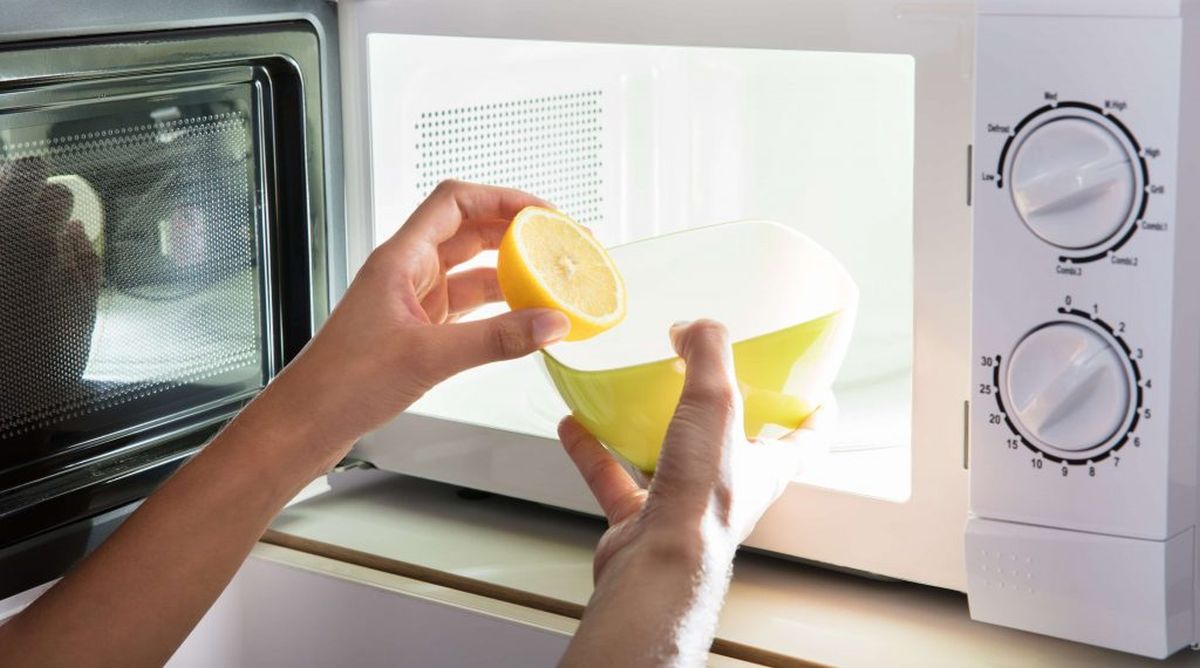
Drip No More: Simple Solutions for a Leaky Faucet
Leaky faucets are not only annoying but can also lead to water wastage and increased utility bills. Fortunately, fixing a leaky faucet is a common DIY task that doesn’t require advanced plumbing skills. In this guide, we’ll explore simple solutions to address that persistent drip and restore peace to your kitchen or bathroom.
Identifying the Type of Faucet: Know Your Fixture
Before diving into repairs, it’s essential to identify the type of faucet you have. There are various types, including compression faucets, ball faucets, cartridge faucets, and ceramic-disc faucets. Knowing your fixture type will guide you in understanding the specific components and steps involved in the repair process.
Gathering Necessary Tools: Essential for Success
Effective faucet repair starts with having the right tools on hand. Common tools needed include an adjustable wrench, screwdrivers, pliers, and a replacement O-ring or cartridge, depending on your faucet type. Before beginning the repair, turn off the water supply to the faucet by closing the shut-off valves under the sink.
Assessing the Cause of the Leak: Diagnosing the Issue
Leaky faucets can have various causes, and understanding the specific issue is crucial for an accurate repair. Common causes include worn-out washers, O-rings, or seals, loose parts, or a damaged cartridge. Diagnosing the root cause will guide you in selecting the appropriate repair method and replacement parts.
Repairing a Compression Faucet: Step-by-Step Guide
Compression faucets are common in older homes and are identifiable by separate hot and cold handles. To repair a leak in a compression faucet, start by turning off the water supply. Remove the handle, use pliers to unscrew the packing nut, and replace the worn-out washer. Reassemble the faucet, and the leak should be resolved.
Fixing a Ball Faucet: Addressing Wear and Tear
Ball faucets are prevalent in kitchen sinks and are recognized by their single handle. If you have a leaking ball faucet, turn off the water supply and remove the handle. Use pliers to unscrew the cap and remove the cam, ball, and rubber seats and springs. Replace the worn-out parts and reassemble the faucet to stop the leak.
Repairing a Cartridge Faucet: Tackling Drips at the Source
Cartridge faucets are found in both kitchens and bathrooms, featuring a single handle that moves up and down to control water flow. To fix a leaky cartridge faucet, turn off the water supply and remove the handle. Use pliers to remove the retaining clip and pull out the cartridge. Replace any damaged parts and reassemble the faucet for a drip-free result.
Addressing a Leaky Ceramic-Disc Faucet: Precision Matters
Ceramic-disc faucets are known for their durability and are prevalent in modern homes. To repair a leaky ceramic-disc faucet, turn off the water supply and remove the handle. Unscrew the retaining screw and lift out the ceramic-disc cartridge. Inspect for any damage, replace faulty components, and carefully reassemble the faucet to eliminate the leak.
Replacing Worn-Out O-Rings: A Common Culprit
Worn-out O-rings are a common cause of leaks in various types of faucets. To address this issue, turn off the water supply and disassemble the faucet. Locate the O-rings, which are typically found near the spout base, and replace them with new ones. Properly reassemble the faucet, and the O-ring replacement should resolve the leak.
Checking for Loose Parts: Tightening the Components
Sometimes, a leaky faucet is caused by loose parts. Turn off the water supply and disassemble the faucet. Check for any loose nuts, screws, or components and tighten them appropriately. Ensure all parts are securely in place before reassembling the faucet. This simple tightening process can often eliminate leaks.
Testing and Enjoying the Results: A Drip-Free Faucet
After completing the repair, turn the water supply back on and test the faucet. Check for any signs of leaks and ensure that the handles operate smoothly. Enjoy the satisfaction of fixing a leaky faucet and the peace of mind that comes with saving water and preventing further damage.
In conclusion, fixing a leaky faucet is a manageable DIY task with the right tools and knowledge. By identifying the faucet type, assessing the cause of the leak, and following the appropriate repair steps, you can eliminate that annoying drip. For quality replacement parts and tools, visit DesigningTemptation.com to embark on your journey to a drip-free faucet.




:max_bytes(150000):strip_icc()/cleaning-a-garbage-disposal-2718863-step-06-eefb70a116b741eb82beec94e062c915.jpg)